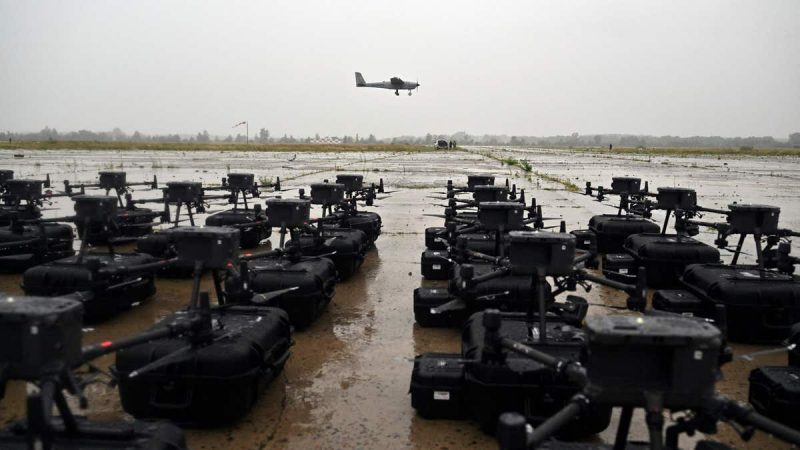The days of traditional warfare are increasingly becoming a thing of the past as drone technology ushers in a new era of combat. The United States military finds itself in a position of adapting and evolving to keep pace with the rapid advancements in drone capabilities. These unmanned aerial vehicles (UAVs) have revolutionized the way wars are fought, providing both tactical advantages and ethical dilemmas.
One of the key aspects that set drones apart from conventional warfare is their ability to gather intelligence and conduct precision strikes with minimal risk to military personnel. This shift towards remote-controlled warfare has allowed the U.S. to maintain a strategic advantage on the battlefield by reducing the potential for casualties among its own forces. The reliance on drones has also enabled military planners to carry out targeted operations with greater accuracy and effectiveness.
However, the rise of drones has also raised concerns about the ethical implications of using autonomous systems in combat. Critics argue that the detachment between the operator and the target can lead to a dehumanization of warfare, where decisions to engage with the enemy are made from a distance without the full context of the situation on the ground. This has sparked debates about the accountability and transparency of drone operations, especially in cases where civilian casualties have occurred.
Furthermore, the proliferation of drones in conflicts around the world has blurred the lines between warfare and surveillance. The same technology that can be used for military purposes can also be employed for intelligence gathering, counterterrorism operations, and domestic surveillance. As drones become more accessible and affordable, non-state actors and even individuals can now possess the capabilities to launch their own aerial attacks, posing new challenges for national security.
In response to these evolving threats, the U.S. military has been investing heavily in developing counter-drone technologies to defend against potential attacks. From jamming systems to kinetic interceptors, efforts are underway to neutralize hostile drones and protect critical infrastructure from airborne threats. As the landscape of warfare continues to be shaped by drones, it is essential for defense agencies to stay ahead of the curve and adapt their strategies to mitigate the risks posed by this disruptive technology.
In conclusion, the advent of drones has transformed the traditional battlefield into a complex and dynamic arena where unmanned systems play a central role in shaping the outcomes of conflicts. While the benefits of drone technology are undeniable in terms of precision targeting and reduced casualties, the ethical and security challenges that come with their use cannot be ignored. As the U.S. military scrambles to respond to the changing landscape of war, it is crucial to strike a balance between leveraging the advantages of drones and addressing the implications they have on the future of warfare.


































